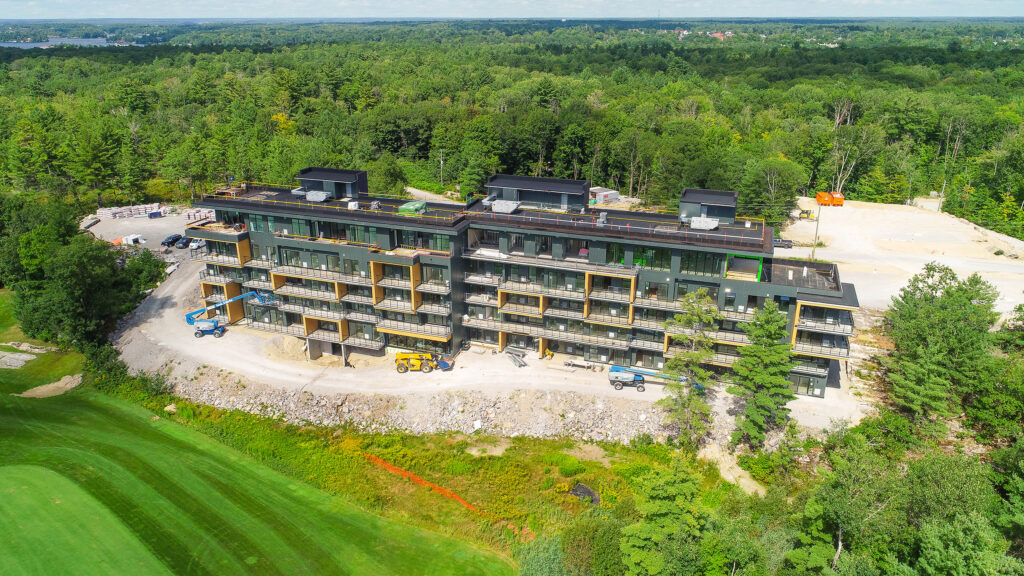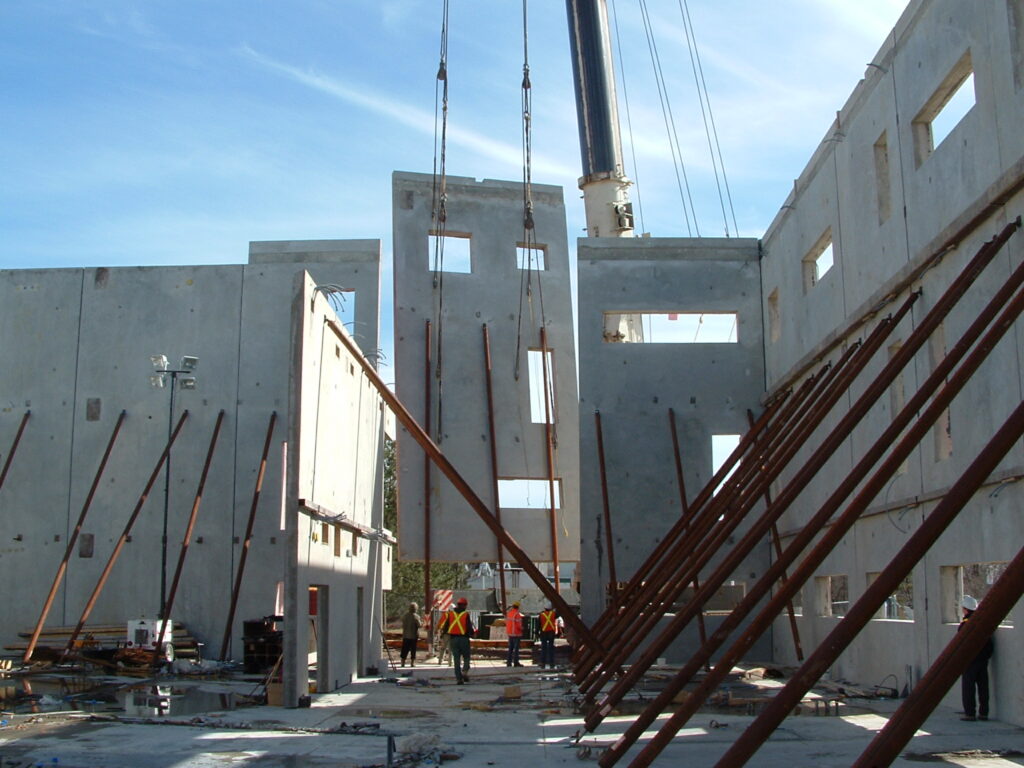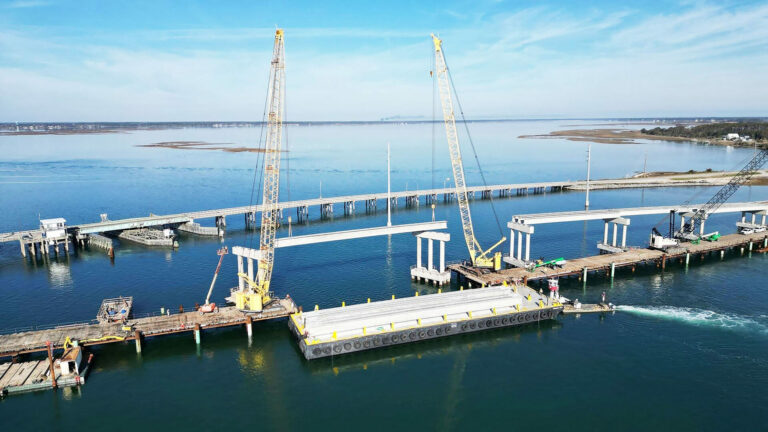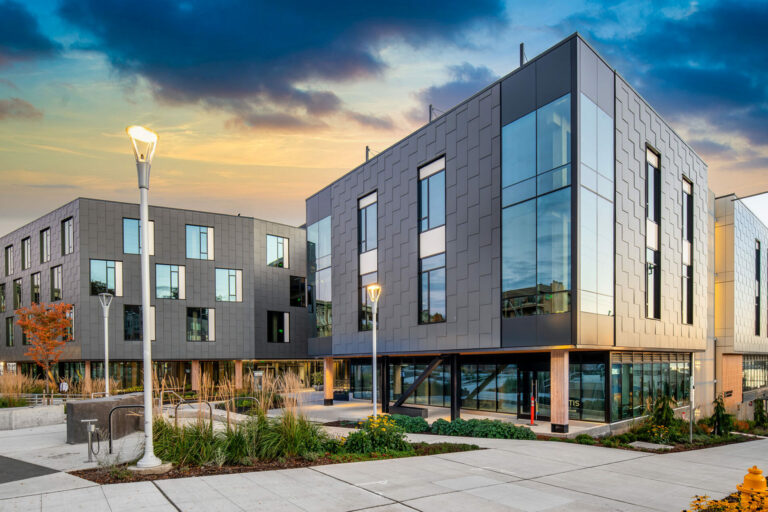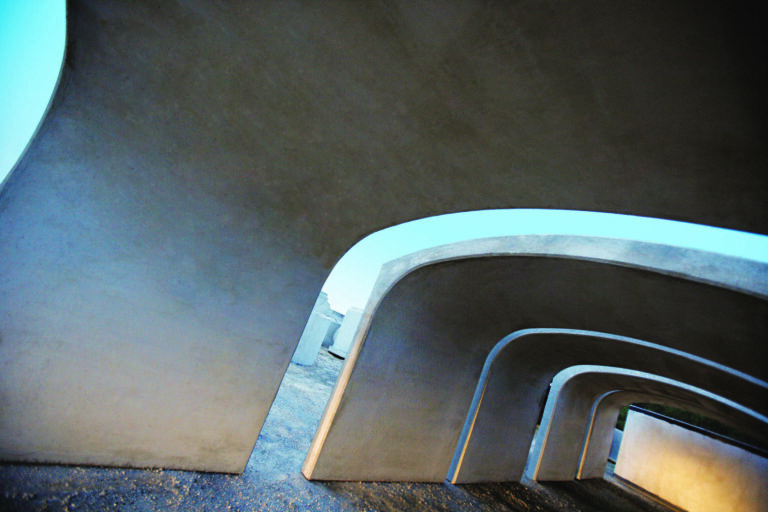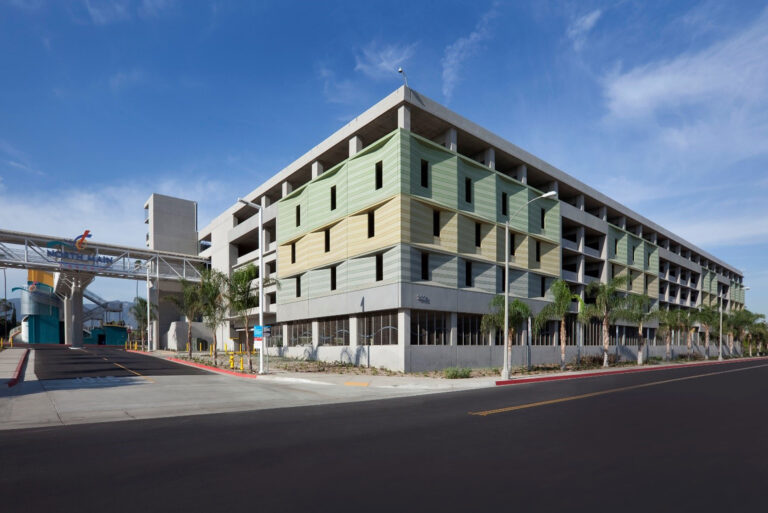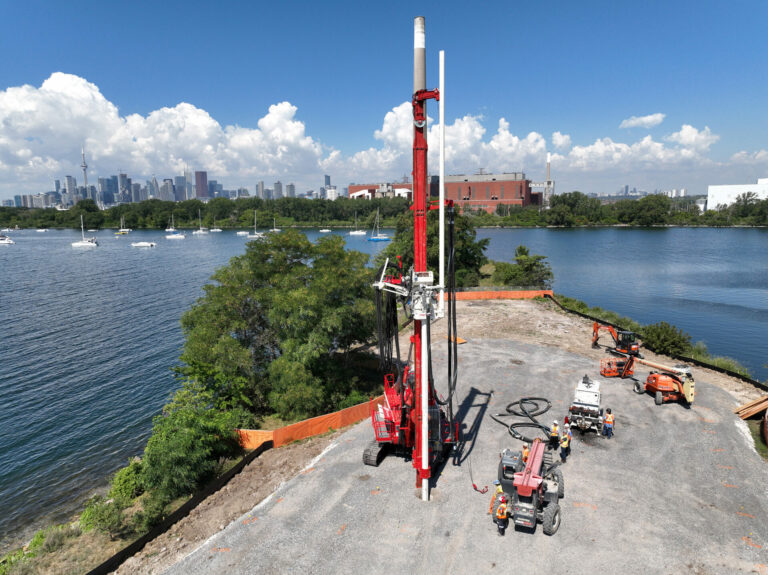There are, as they say, many ways to skin a cat. An antiquated aphorism to be sure, but the kernel of truth behind it is as valid as ever. That truth is equally applied to the construction industry. There are myriad ways to build a structure, each depending on different philosophies, techniques, and materials applied to different climates and topographies. Tilt-up construction is a method that, despite being over 100 years old at this point, is still mired in some negative myths, and as a result, not well known in the Canadian province of Ontario. Concrete outfit Tilt Wall is here to dispel those myths and prove to any doubters that tilt-up is not only a viable construction method, but a demonstrably superior one at that.
Founded in southern Ontario nearly 20 years ago, Tilt Wall sees itself not only as the market leaders in tilt-up construction, but also as a company that wants to bring greater exposure of the building method to the province. Explaining the strengths of tilt-up, Head of Business Development and Co-Founder of the company, Len Overbeek, said, “It’s a form of construction where we cast wall panels horizontally on site and then we tilt them up into their final position. The luxury of casting them on site is we are not limited to what we can truck down the road.” Contrasted with more traditional methods that pour concrete panels at a cement plant and subsequently carry them to site, the time and money savings can add up quick. Overbeek continued, “It can be very inexpensive depending on that project that you’re working with. We often have a competitive advantage over traditional construction, and that’s really because we reduce about 30 percent of the labor to get the same building envelope.” With greater cost efficiency for the customer and fewer trucks on the road being a benefit to Mother Nature, it certainly seems like tilt-up should be a leading option for new building construction. It is, however, still not a widely-recognized building method in the province. Well, why not?
Once a story is repeated enough, it can be considerably difficult to change the narrative. Tilt-up construction is surrounded by what Overbeek refers to as “myths”. The first of which concerns the seasonal viability of the method. According to Overbeek, “One of the first myths is the fact that you can’t build tilt-up projects in the winter. The reality is much different and many of the projects that we’ve worked on have gone through the winter months. Actually, just last year we completed a million square foot building starting in October, completed in April through the winter. The ready-mix concrete has adapted itself for winter construction.” Another barrier to greater uptake of the technique has been simply a matter of visibility. It’s actually an ironic case of “out of sight, out of mind”. Overbeek explained, “One of the other big myths is that it’s not very popular. In truth, there are over 300 tilt-up buildings in Ontario. The reality is most of them do not look like a concrete building so many people drive by these buildings without ever realizing that they’re built out of tilt-up construction.” In a strange way, the success of the technique has hidden its very virtues. People also may not realize that many of these buildings are tilt-up concrete constructions due to an ignorance of the sheer variety of structures that can be built using the method.
From agricultural and industrial to educational and residential, Tilt Wall feels extremely confident in its ability to meet the needs of nearly any customer. This flexibility is a major strength. When you can afford the customer immediate savings by the very nature of the building method, and on top of that offer the ability to construct nearly any structure they desire, it becomes a hugely powerful platform for the company to operate from. As Overbeek described it, “That’s the beauty of tilt up construction. It can be adapted to pretty much every building type. There’s really very few limits.” Illustrative of Tilt Wall’s diversity of projects is the award-winning five-story condo they recently constructed at Muskoka Bay Resorts. Beyond the Muskoka Bays project, Tilt Wall received a Tilt-Up Achievement award for constructing the first tilt-up home in Ontario. Most impressive, however, was its being awarded the 2018 contractor of the year by the international industry body, Tilt-Up Concrete Association. A prestige very few companies can claim. As Overbeek put it, “We have a variety of buildings that are an amazing testament to tilt-up construction and I think it’s showcased by the amount of awards we have won.” While there is great pride in winning industry honors, perhaps even more indicative of the deep belief in the service the company provides is the building in which Overbeek spends his hours outside of work – his home. Putting his money where his mouth is, this is all part of the plan to bring tilt-up projects the greater visibility that Overbeek believes in his bones they deserve.
“Most impressive, however, was its being awarded the 2018 contractor of the year by the international industry body, Tilt-Up Concrete Association.”
As part of its effort to proselytize the benefits of tilt-up construction, Tilt Wall is a long-standing presence at The Buildings Show in Canada. For 16 years running it has either had a booth at or been a sponsor of the show, demonstrating its determination to disseminate the virtues of tilt-up. As Overbeek put it, “We really see it as an opportunity to educate the Ontario construction industry by making them aware of it. And also, just really reconnecting with customers we’ve worked with in the past.” As determined as Tilt Wall and Overbeek are to demonstrate the qualities of tilt-up offerings, it’s not always a smooth ride. Balancing the numerous human and business variables the Covid pandemic has churned up like a tumble dryer has been a challenge. Labor shortages and supply chain bottlenecks require nimble and strategic thinking. Overbeek is quick to point out, however, the nature of tilt-up gives the company an advantage even there. “Some materials are a bit of a challenge, but the beauty of tilt-up is the majority of materials we use are standard building materials that are used every day and are fairly easily sourced.” It seems even where there is a potential area of difficulty, Tilt Wall sees it as a potential advantage. Trying to bring new ideas to monolithic institutions is always going to be an uphill climb. Proving the viability of a notion in the face of deeply-entrenched forces requires tenacity and belief. The bigger the boat, the slower it turns. And the construction industry is an ocean liner. Tilt Wall Ontario, however, remains undaunted. It is utterly convinced that the tilt-up construction method is superior to more traditional practices and is going out of its way to show that to the good people of its home province. When asked about Tilt Wall being a company full of believers in their method, Overbeek responded with sincerity, “We are. And everybody that works with us has this. We share the same passion.” Changing an industry isn’t easy by any means, but when a company is full of people all rowing in exactly the same direction, well, maybe that boat turns faster than you’d think.









